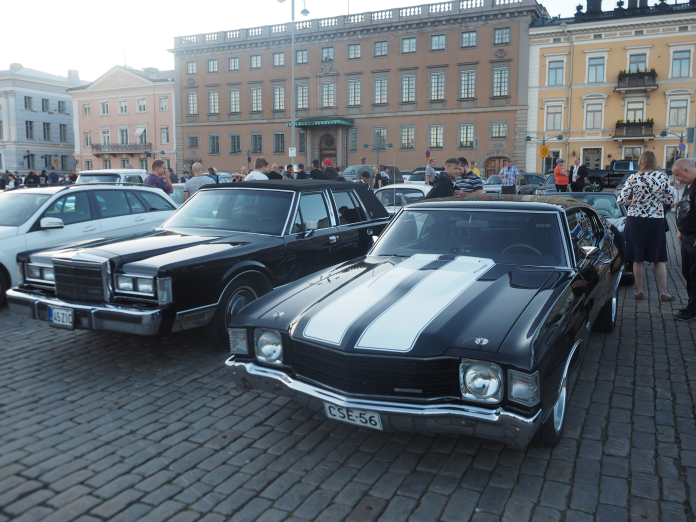
What makes a car an icon and a risk? For decades, American manufacturers built machines that stirred emotions, defined eras, and left their stamp on cultural history. But most of those beloved legends had engineering compromises that would be unacceptable today in a safety-conscious business.

From the mid-century convertibles that traded rollover protection for style to the muscle cars whose power eclipsed their protection capabilities, all of these vehicles reflect a time when survivability took a backseat to style and capability. Modern safety regulations, shaped by decades of crash data and advances in technology, would render them ineligible for mass production without total overhaul.
This seven-point compilation explores seven outstanding examples cars that remain iconic for their appearance and influence, but whose structural and mechanical realities reveal just how far car safety has come.
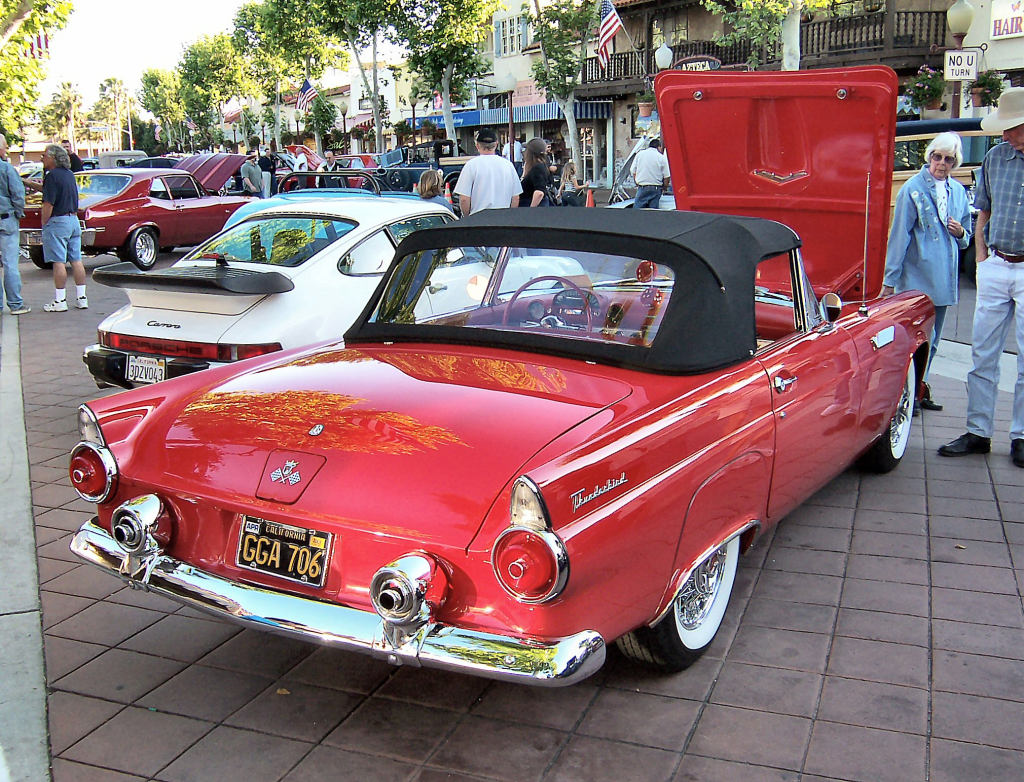
1. 1955 Ford Thunderbird: Elegance Without Armor
Its original Thunderbird established the personal luxury class, combining a suave shape with an V8 that made topless driving irresistible. But its convertible design had no major rollover protection, leaving occupants dangerously exposed in a rollover. Its antiquated lap belts, when fitted at all, provided little restraint, and the fixed steering column could become a deadly projectile in a head-on collision.
Today, the combination of hazards would be unimaginable. Modern convertibles come with integrated rollover hoops, reinforced A-pillars, and collapsible steering columns all of which the Thunderbird lacked. Its cachet persists, but its safety record speaks to the gulf between mid-century flash and engineering discipline today.
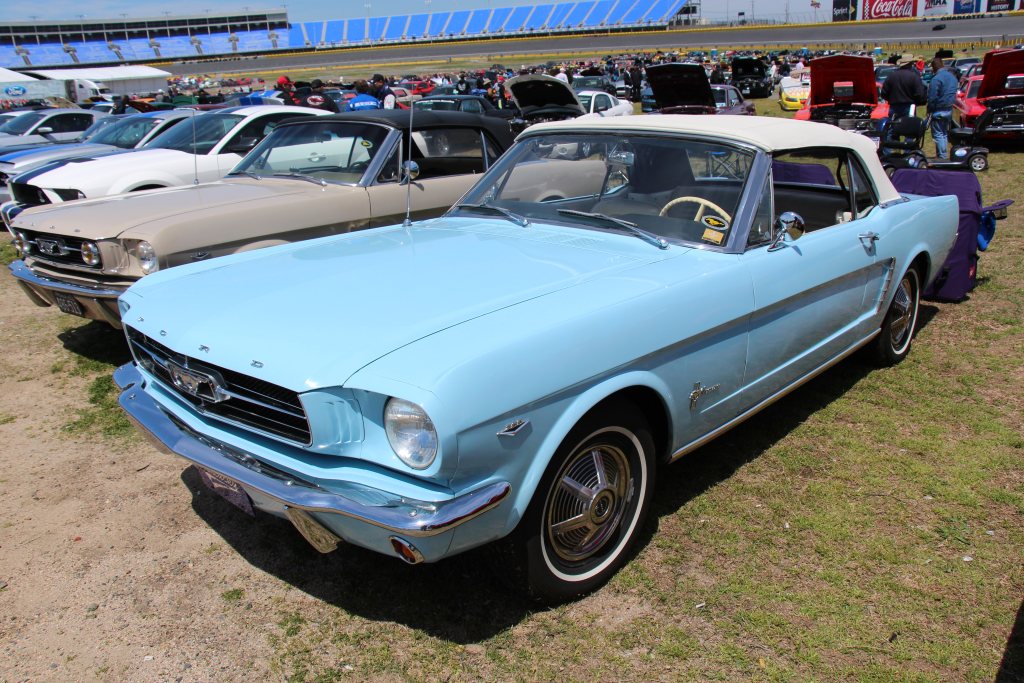
2. 1964 Ford Mustang: The Pony Car With Brittle Bones
The original Mustang rearranged the American automobile landscape, offering sporty appearance in a reasonable price range. But beneath its charm was structural vulnerability. Early Mustangs lacked headrests to enhance whiplash likelihood and employed plain lap belts instead of three-point restraints. The lightweight body, lacking engineered crumple zones, could be ghastly to collapse in high-speed accidents.
The concept of energy-absorbing structures was only just getting going in the 1960s. Modern entry-level vehicles have passenger cells reinforced and pretensioned belts. The legacy of the Mustang is cemented, but the original safety features would not meet current crash standards.
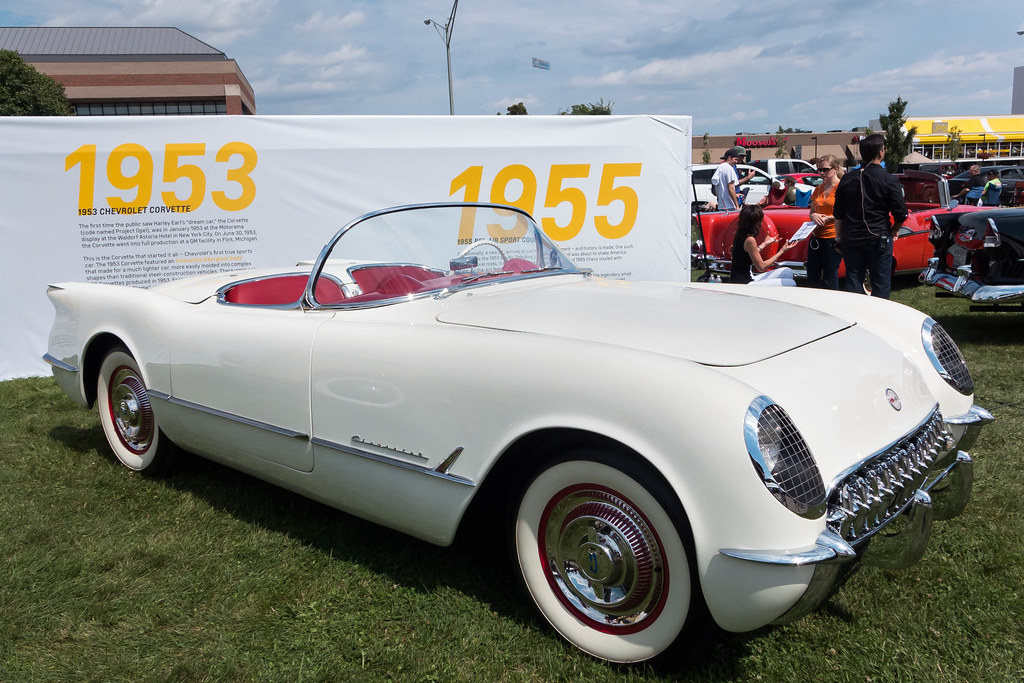
3. 1953 Chevrolet Corvette: Fiberglass Beauty, Minimal Protection
America’s first production sports car made of fiberglass impressed enthusiasts with its light weight and streamlined appearance. But the same material that made it revolutionary also killed. Fiberglass offered little protection in an accident, and the absence of seatbelts and airbags made drivers and passengers sloppily loose in any accident.
The rigid steering column contributed to the danger, a widespread shortcoming of pre‑regulation vehicles. Modern composites have energy-absorbing layers and are integrated with advanced restraint systems, worlds apart from the Corvette’s pioneering but dangerous debut.
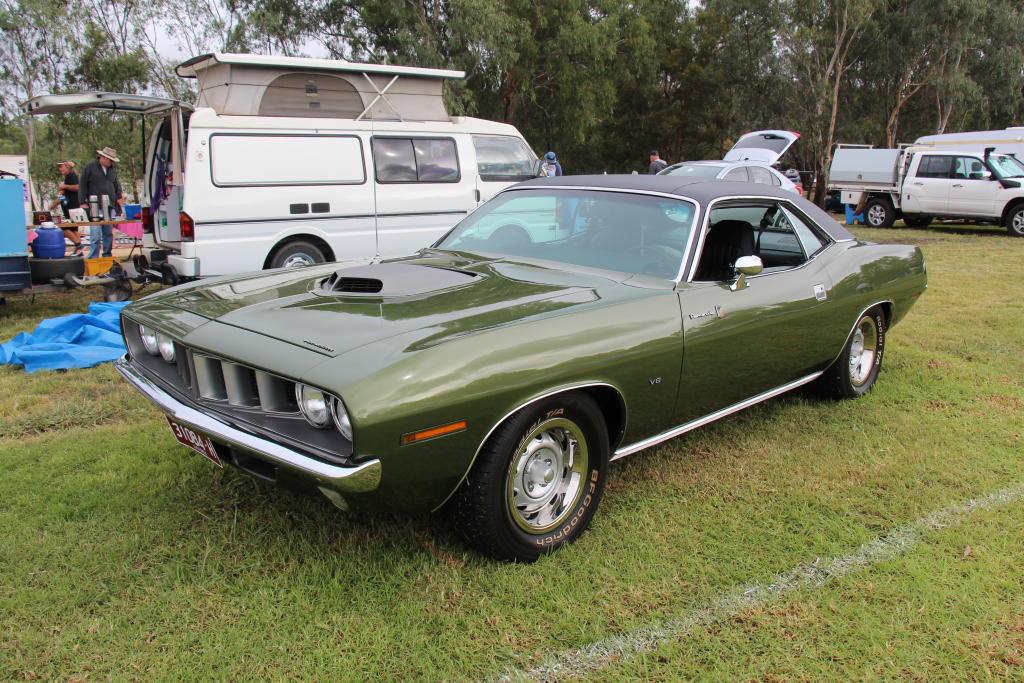
4. 1971 Plymouth Barracuda: Muscle Without Safety Muscle
The Barracuda’s aggressive styling and enormous horsepower made it a muscle car legend, but safety engineering was far behind the performance. Side-impact protection was virtually zero, and doors were constructed of thin steel that did little to resist the impact. Worse yet was the position of the fuel tank, which increased the danger of fire from rear-end crashes.
These are vulnerabilities that are evidence of a greater truth emphasized by safety officials: older vehicles lack the multiple guardrails side‑impact beams, reinforced frames, and optimally located fuel systems that are now required. The Barracuda is still iconic, but its looks would be impossible under today’s Federal Motor Vehicle Safety Standards.
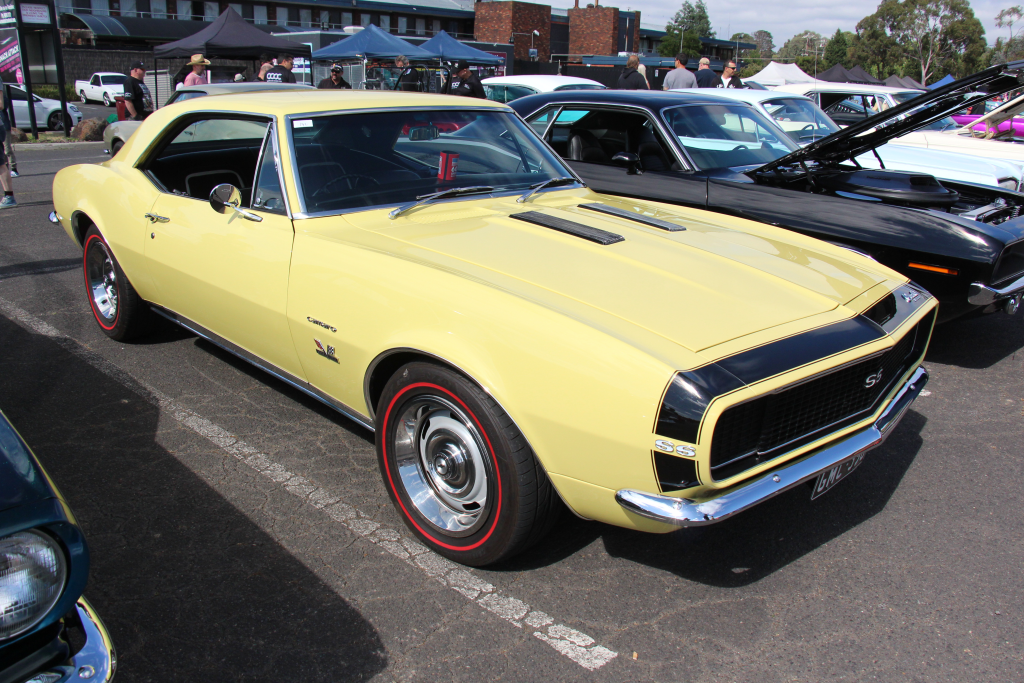
5. 1967 Chevrolet Camaro: Style Over Survival
Chevrolet’s return of the Mustang was better in appearance and speed but worse in occupant protection. Thin, under‑reinforced doors exposed occupants to sides impacts, and little restraint was provided by lap belts. Since no crumple zones were present, the rigid body of the Camaro transferred crash forces to the passenger compartment without attenuation.
The Insurance Institute for Highway Safety’s iconic Bel Air vs. Malibu crash test demonstrates why such designs fail modern tests. Thicker metal does not equal stronger protection, structural engineering and materials science matter far more, according to Munro & Associates.

6. 1959 Chevrolet Impala: Heavy Metal, Hollow Safety
The 1959 Impala’s swooping fins and dramatic curves were a design landmark, but its X-frame backbone was not as solid as today’s safety cages. When this car was crashed, the steering column could slice through the driver, and the absence of crumple zones carried impact energy directly into occupants.
The IIHS crash test comparing a 1959 Bel Air to a 2009 Malibu placed this vulnerability in stark relief: the classic collapsed with emphasis, while the new vehicle preserved occupant space. It is a reminder that size and heft are not a substitute for engineered crash performance.

7. 1969 Pontiac GTO: Speed With a Fire Hazard
Nicknamed “The Judge,” the 1969 GTO embodied late-’60s performance culture. Its safety record was not: no airbags, minimal side-impact protection, and a gas tank sitting precariously close to the rear bumper. In a high-speed rear-end collision, the risk of fire was substantial.
Contemporary design relocates fuel tanks to protected spaces, uses multiple airbags, and enhances side structures with high-strength steel. The combination of velocity and vulnerability on the part of the GTO reflects the priorities of the era velocity over safety.
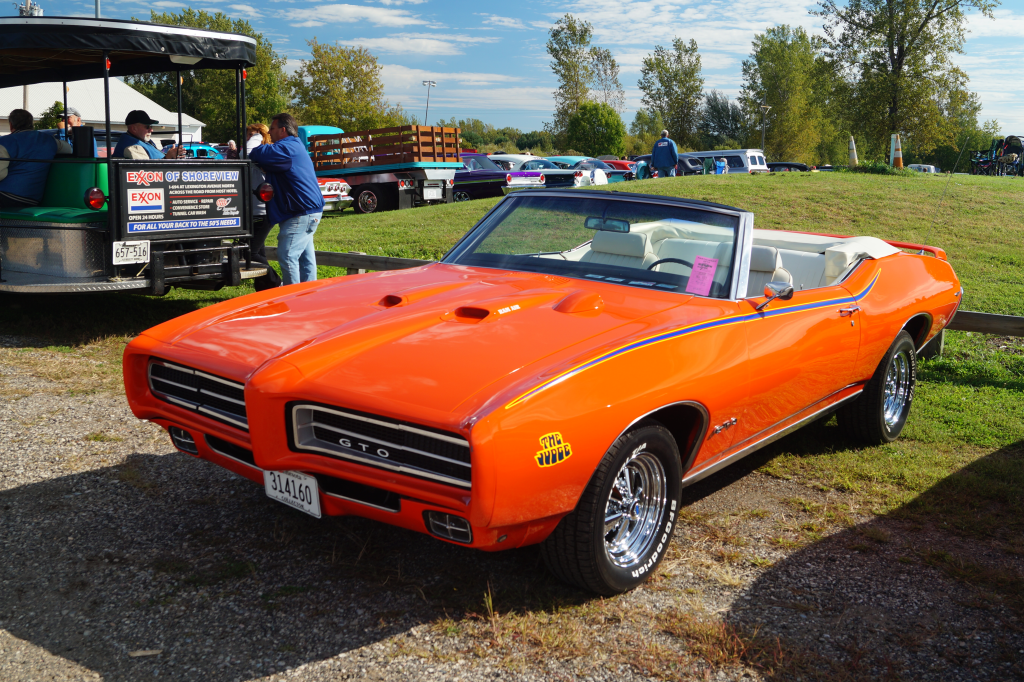
These cars remain cultural icons, admired for their looks, performance, and eras in which they lived. But their safety shortcomings, from the absence of crumple zones to lethal fuel system designs, serve to illustrate just how far motor vehicle engineering has progressed. Modern cars, guided by decades of crash testing and regulatory innovations, offer safety equipment these veterans could not. Appreciating them now is appreciating what they appear fully aware they were made in another, less protected time.
